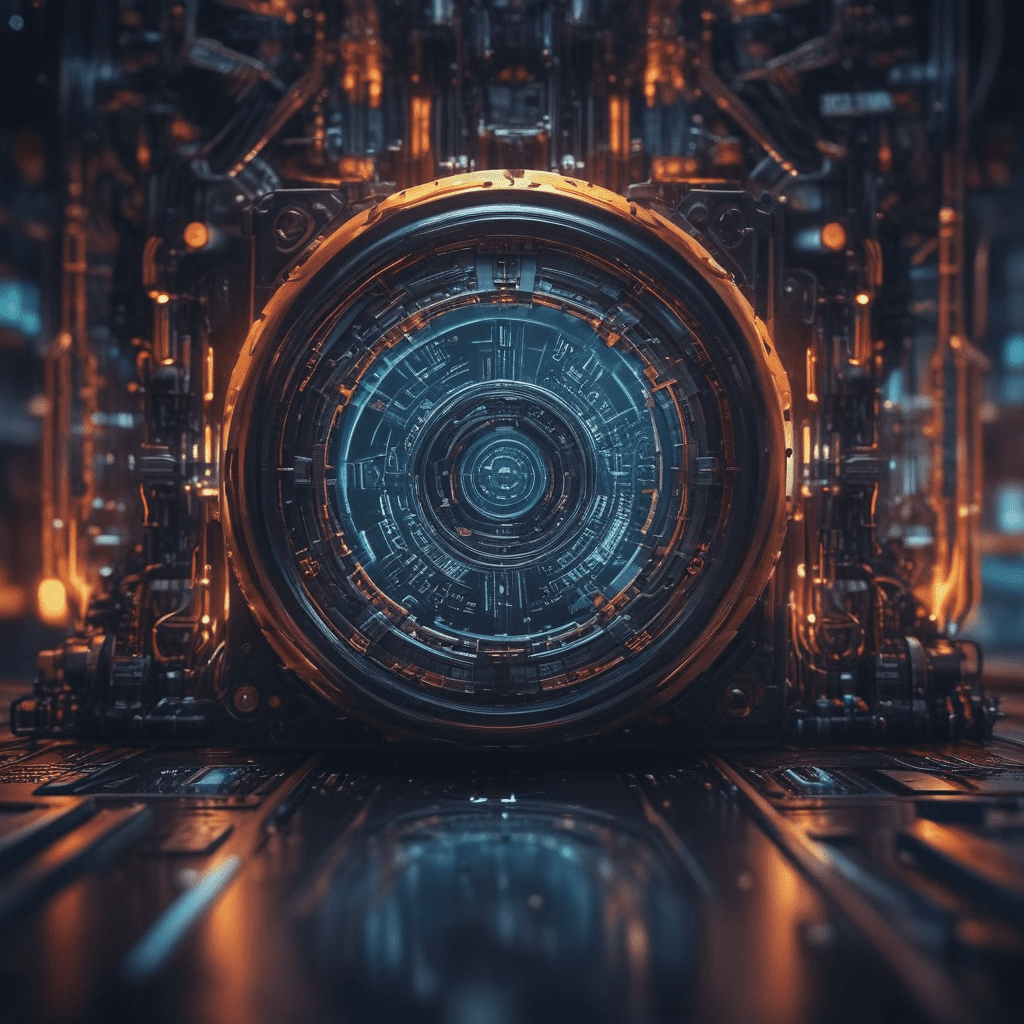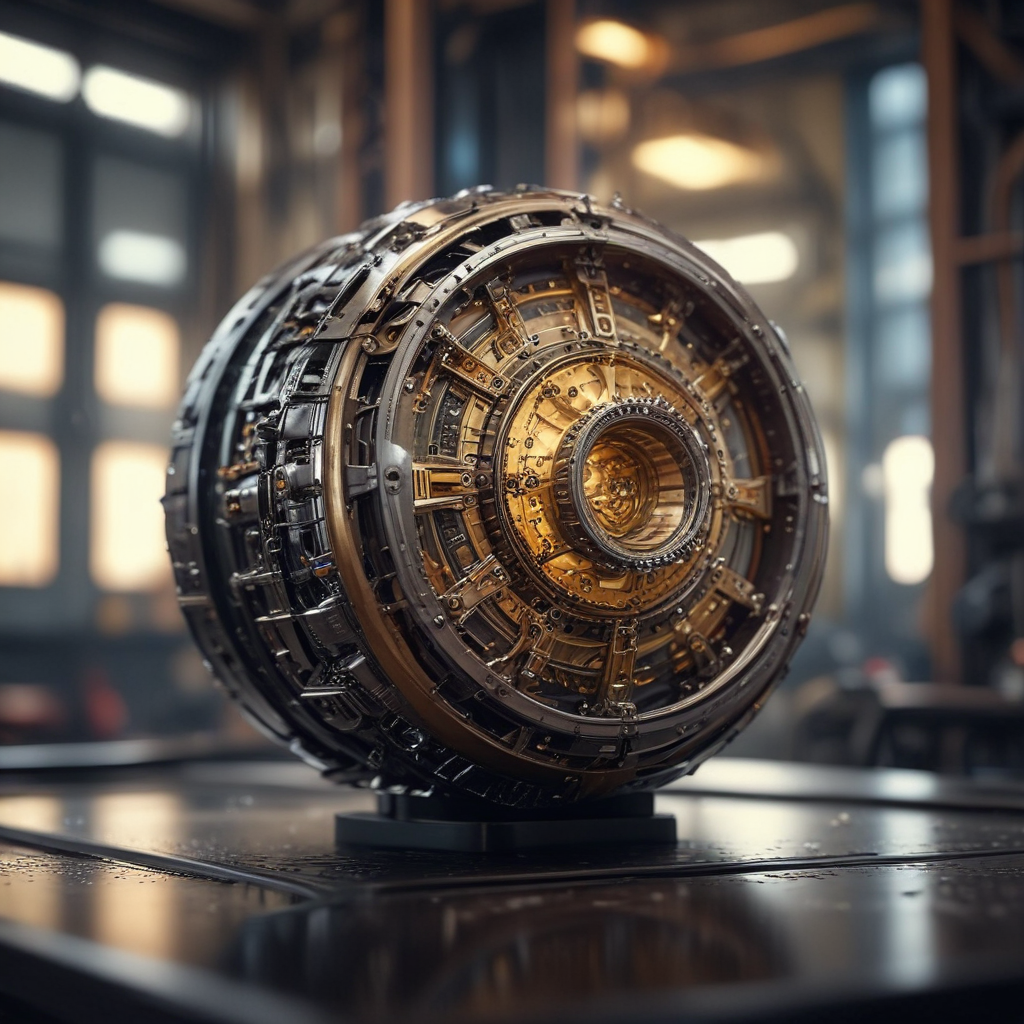3D Printing in Fashion Industry: Redefining Design Processes
1. Introduction
3D printing, also known as additive manufacturing, is rapidly transforming the fashion industry. This technology allows designers to create complex and intricate designs, personalize garments for individual needs, and produce on-demand, reducing waste and promoting sustainable practices. By disrupting traditional design processes, 3D printing is revolutionizing the way fashion is created and consumed.
2. Revolutionizing Design Possibilities
3D printing empowers designers to explore innovative designs that were previously impossible with traditional methods. The ability to create intricate structures, complex geometries, and customized shapes opens up a world of possibilities for pushing the boundaries of fashion. From delicate lace patterns to intricate 3D-printed embellishments, designers can now bring their wildest ideas to life.
3. Customization: Embracing Individuality
3D printing allows for on-demand, personalized creations, catering to individual needs and preferences. Customers can now have garments tailored to their specific body measurements, ensuring a perfect fit and enhanced comfort. This level of customization empowers individuals to express their unique style and embrace their individuality through fashion.
4. Sustainability: A Shift Towards Eco-Conscious Design
3D printing offers a path towards a more sustainable fashion industry. By reducing waste through on-demand production and enabling the use of recycled materials, 3D printing minimizes the environmental impact of fashion. Additionally, the potential for localized production decreases the carbon footprint associated with transportation and logistics.
5. Streamlining Production Processes
3D printing streamlines production processes by facilitating rapid prototyping and accelerating design iteration. Designers can quickly create prototypes, experiment with different materials and designs, and receive instant feedback, leading to faster product development cycles. This agility allows fashion brands to stay ahead of trends and respond to market demands more effectively.
6. Redefining Materials and Textures
3D printing opens up a world of possibilities for exploring novel materials and creating unique textures in fashion. Designers can now experiment with bioplastics, recycled materials, and composites, pushing the boundaries of sustainability and innovation.
Novel Materials: Embracing Innovation
3D printing allows for the use of materials that were previously impossible to work with using traditional methods. Bioplastics derived from sustainable sources offer an eco-friendly alternative to conventional plastics, while recycled materials give new life to discarded items. Composites, combining different materials for enhanced properties, open up endless possibilities for creating garments with unique functionalities.
Texture and Personalization: Beyond the Ordinary
3D printing enables the creation of intricate textures and personalized finishes, adding a new dimension to fashion design. From delicate lace patterns to bold geometric structures, designers can now create garments that are truly unique and express individual style. This level of personalization allows customers to have garments that not only fit their bodies but also reflect their personality and preferences.
Functional Garments: Integrating Technology
3D printing paves the way for the integration of functionality in fashion, creating garments that go beyond aesthetics. Designers can now incorporate heating elements, sensors, and responsive materials into their creations, resulting in garments that are not only stylish but also serve practical purposes. Imagine jackets that adjust to temperature changes, sportswear that monitors performance, or dresses that illuminate with embedded LEDs.
7. Exploring 3D Printed Accessories
Beyond garments, 3D printing is revolutionizing the world of fashion accessories, offering endless possibilities for customization and innovation. From footwear to jewelry, designers are utilizing this technology to create unique and personalized pieces that cater to individual tastes and needs.
Footwear: Comfort and Customization
3D printing is transforming footwear design by enabling the creation of customized soles, lightweight structures, and intricate details. Customers can now have shoes printed with soles that perfectly match their foot shape and size, ensuring optimal comfort and support. Additionally, designers can create intricate patterns and textures, pushing the boundaries of footwear aesthetics.
Jewelry: Personalized Adornments
3D printing allows for the creation of personalized jewelry with intricate designs and unique elements. From delicate pendants to statement necklaces, designers can now offer customers jewelry that reflects their individual style and preferences. This level of personalization empowers individuals to express themselves through their accessories and create truly one-of-a-kind pieces.
Fashion Accessories: Beyond the Basics
3D printing extends its reach to various fashion accessories, including hats, bags, and belts. Designers can now create unique and personalized accessories that cater to individual needs and tastes. From custom-designed hats that provide optimal sun protection to bags with intricate patterns and compartments, 3D printing offers endless possibilities for expressing individual style through accessories.
8. Challenges and Opportunities
While 3D printing presents immense potential for the fashion industry, it also comes with certain challenges that need to be addressed. Scaling production to meet the demands of a wider market and ensuring the affordability of 3D printed garments are crucial aspects that need to be considered.
Scaling Production: Meeting Market Demands
One of the main challenges facing 3D printing in fashion is scaling production to meet the demands of a wider market. Currently, the production speed of 3D printers may not be sufficient for mass production. However, advancements in technology and the development of faster printing processes are addressing this issue. Additionally, exploring decentralized production models could enable faster and more efficient garment creation.
Affordability: Making 3D Printing Accessible
Another challenge is ensuring the affordability of 3D printed garments. While the cost of 3D printing is gradually decreasing, it may still be considered high for some consumers. However, as the technology matures and production scales up, the cost of 3D printed fashion is expected to become more accessible to a wider audience.
9. The Future of 3D Printing in Fashion
The future of 3D printing in fashion is brimming with possibilities. As technology continues to advance and designers explore its full potential, we can expect to see even more innovative and personalized creations. From garments that adapt to the wearer's environment to accessories that interact with technology, the future of fashion is undoubtedly intertwined with 3D printing.
10. FAQs
What are the benefits of 3D printing in fashion?
3D printing offers numerous benefits, including:
- Customization: Personalized designs tailored to individual needs and preferences.
- Sustainability: Reduced waste through on-demand production and the use of recycled materials.
- Innovation: Exploration of novel materials and intricate designs.
- Streamlined production: Rapid prototyping and faster design iteration.
What are the challenges of 3D printing in fashion?
The main challenges include:
- Scaling production: Meeting the demands of mass production.
- Affordability: Making 3D printed garments accessible to a wider audience.
- Durability: Ensuring the durability of 3D printed materials.
What are the future possibilities of 3D printing in fashion?
The future holds exciting possibilities, including:
- Interactive garments: Clothing that responds to the wearer's environment or mood.
- Integrated technology: Garments with embedded sensors and functionalities.
- Bio-printing: Creating garments from living cells and tissues.
Is 3D printing the future of fashion?
3D printing is undoubtedly playing a significant role in shaping the future of fashion, offering innovative solutions and endless possibilities for customization, sustainability, and design.


